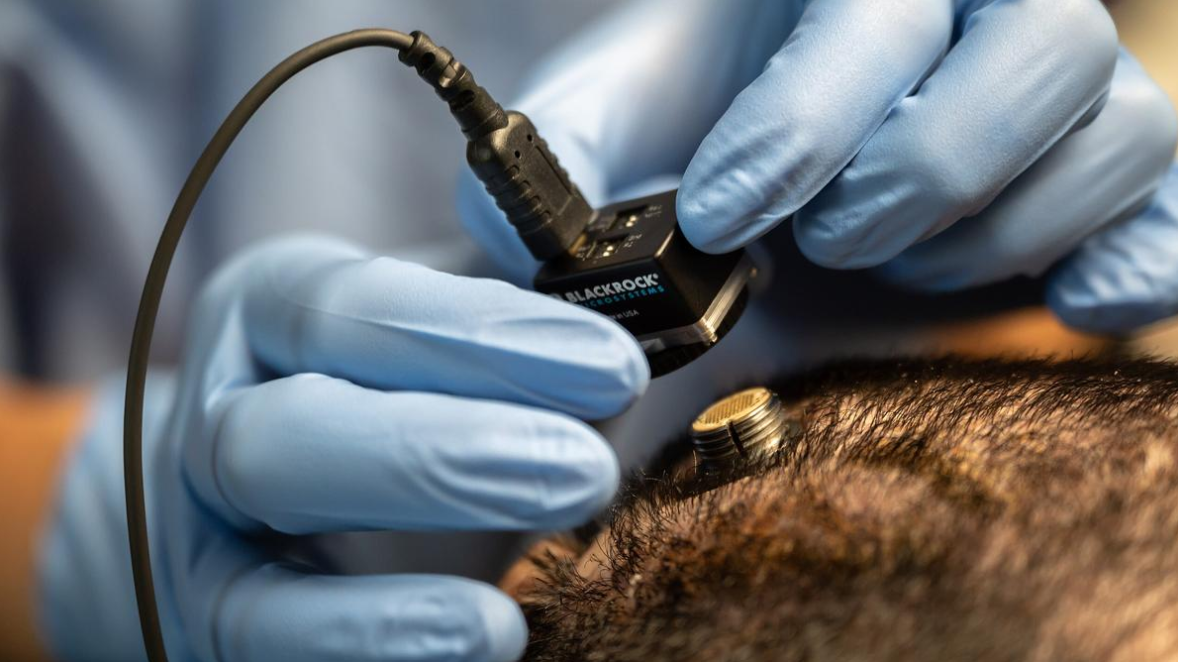



MR is the ability of microorganisms (bacteria, viruses, fungi, parasites) to resist the effects of drugs that once killed them, Overuse and misuse of antibiotics and Self-medication and incomplete treatment are the causes.
By strengthening public awareness and education and regulating antibiotic drug sales we can help in controlling.

Copyright infringement not intended
Picture Courtesy: The Hindu
The extensive use of antibiotics in health care has resulted in a rise in pathogenic bacteria and other microorganisms that are resistant to antibiotics. In the year 2021, about 1.2 million deaths worldwide were attributed to antimicrobial resistance to existing antibiotics.
Antimicrobial Resistance (AMR) refers to the ability of microorganisms—such as bacteria, viruses, fungi, and parasites—to resist the effects of drugs that once effectively treated infections. These include antibiotics, antivirals, antifungals, antimalarials, and anthelmintics.
Source: The Hindu
|
Practice Question Q. Discuss the major causes of AMR in India. What steps have been taken at the national and international levels to combat this challenge? Suggest a comprehensive strategy to address AMR within the framework of the ‘One Health’ approach. (250 words) |
AMR occurs when microorganisms (bacteria, viruses, fungi, and parasites) evolve to resist the effects of antimicrobial drugs, making standard treatments ineffective and infections harder to control.
AMR leads to longer illnesses, increased mortality, and higher healthcare costs. It also threatens modern medical procedures such as surgeries, chemotherapy, and organ transplants due to increased risk of untreatable infections.




© 2025 iasgyan. All right reserved